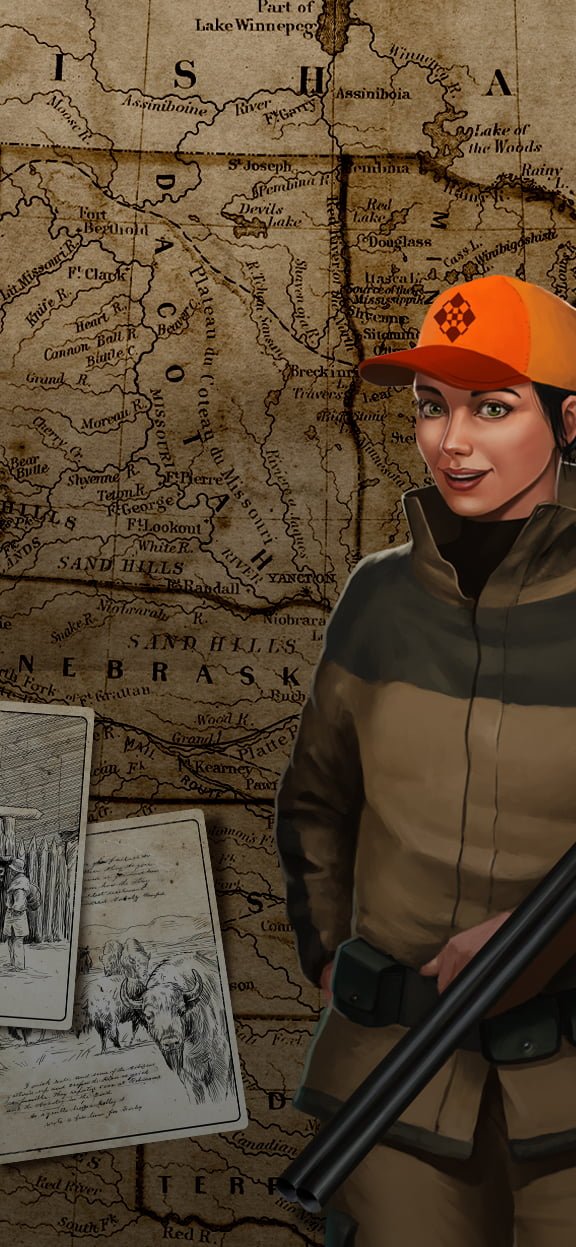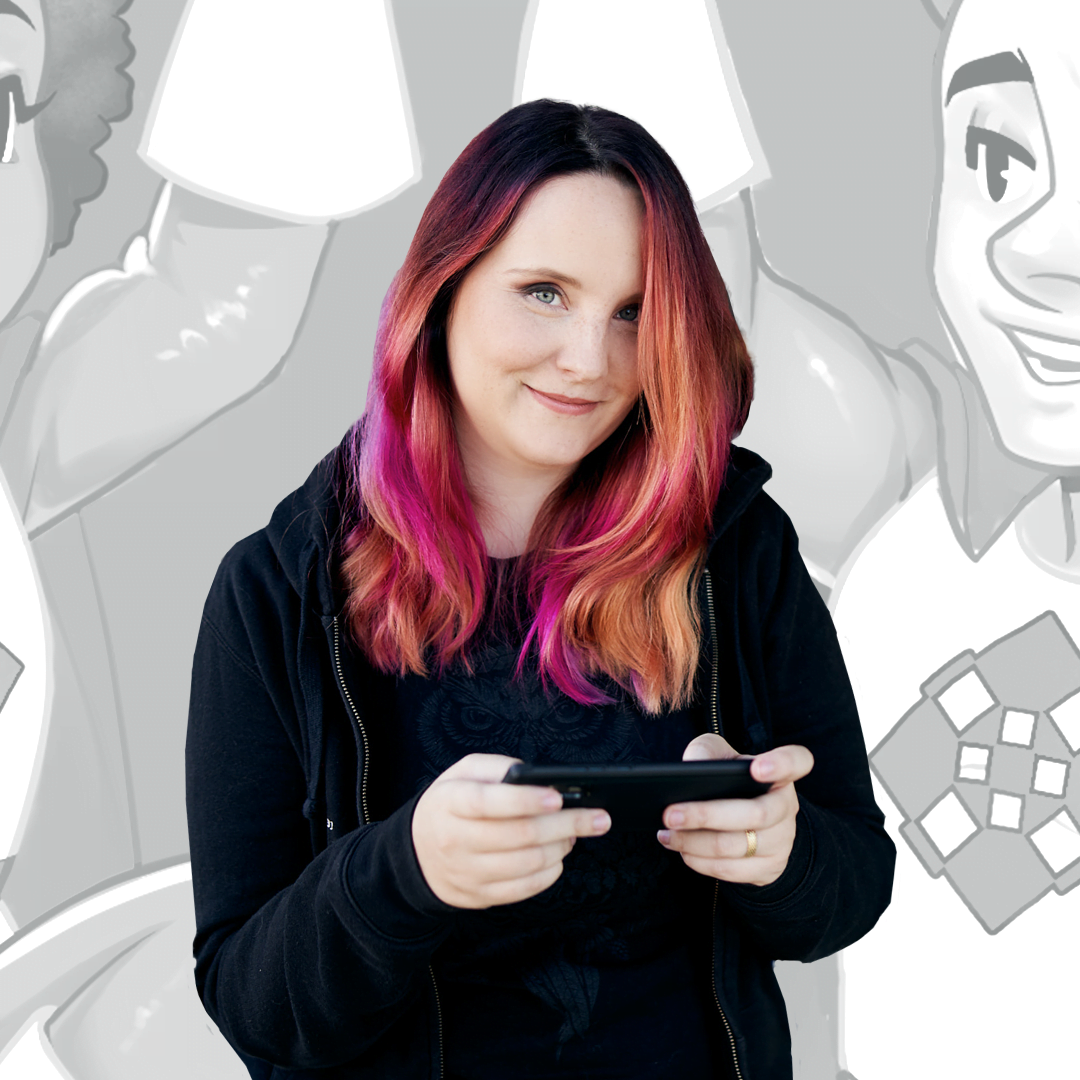



Design is where it all starts. From a spontaneous idea to a solid concept, followed by a first prototype and pre-production tests, a game designer plays a key role in defining the future production process. To maximize the chances of creating a successful game, a designer has to apply two R’s – reaction and… reason!
Starting with the latter, a design has to take reality into account. A complex model for a unique RPG may sound great for a triple A studio, but it hardly gives a newly founded start-up a realistic chance of success. Broadly speaking, the production process revolves around three basic words – good, fast and cheap. One can only pick two.
Release is the most important feature – an almost finished product is not ready, and an unfinished game can’t be good. Among the principal adversaries of well-defined projects are: featuritis, an excessive ongoing expansion or adding new features; the dead march – infamous king of all crunches – a project that requires a stretch of unsustainable overwork; and the opus magnum complex, an irrational need to create a groundbreaking gaming experience without necessary resources.
But even with a correctly planned process, a designer’s job is far from complete. Only rarely will the final creation accurately depict the initial concept. It’s not necessarily a problem though! A creative game designer may be able to turn some changes into improvements while making sure that a product still contains core elements of the game. Accidental changes are not always an enemy!

In today's world of the gaming industry, a question about the importance of inclusive language…
read more
Let’s start off with a truism – achieving a high employee satisfaction should be one…
read more
How do multiple perspectives make business ideas robust? Why does a leader's courage matter? What…
read more
During the semiannual Ten Square Games couch talk, I was asked to talk about one…
read more